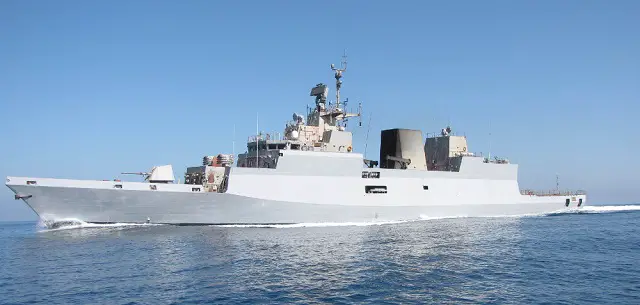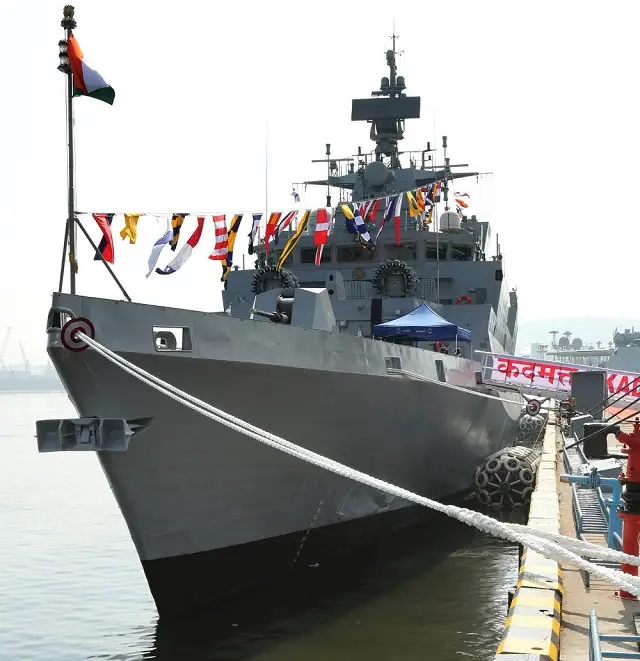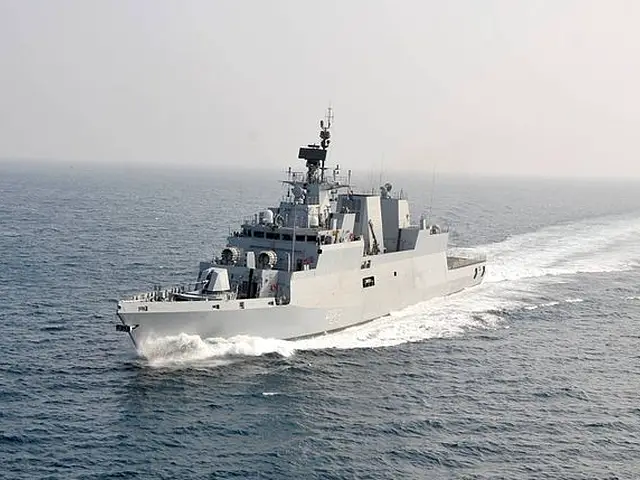Breaking news
Indian Navy Commissions Second Kamorta Class Stealth ASW Corvette ‘INS Kadmatt’.
| 2016
 File photo of Kamorta during her trials. Picture: Indian Navy |
|||
INS Kadmatt has a multitude of networks such as Total Atmospheric Control
System (TACS), Integrated Platform Management System (IPMS), Integrated
Bridge System (IBS), Battle Damage Control System (BDCS) and Personnel
Locator System (PLS) to provide a contemporary and process oriented System
of Systems for optimal functioning of the warship. The unique feature
of this ship is the high level of indigenisation incorporated in the production,
accentuating our national objective of ‘Make in India’. About
90% of the ship is indigenous and the ship is equipped to fight in Nuclear,
Biological and Chemical (NBC) warfare conditions. INS Kadmatt has many
firsts to its credit which include the rail-less helo traversing system
and foldable hangar door for the integral ASW helicopter. The ship’s
weapons and sensors suite is predominantly indigenous and showcases the
nation’s growing capability in this niche area. Some of the major
equipment/ systems developed indigenously include Combat Management System,
Rocket Launcher, Torpedo Tube Launchers and Infra-Red Signature Suppression
System. The ship is manned by a crew comprising 13 officers and 173 sailors with Commander Manoj Jha as her first Commanding Officer. Upon commissioning on 23 August 2014, the ship would become an integral part of the Eastern Fleet under the Eastern Naval Command. |
|||




























